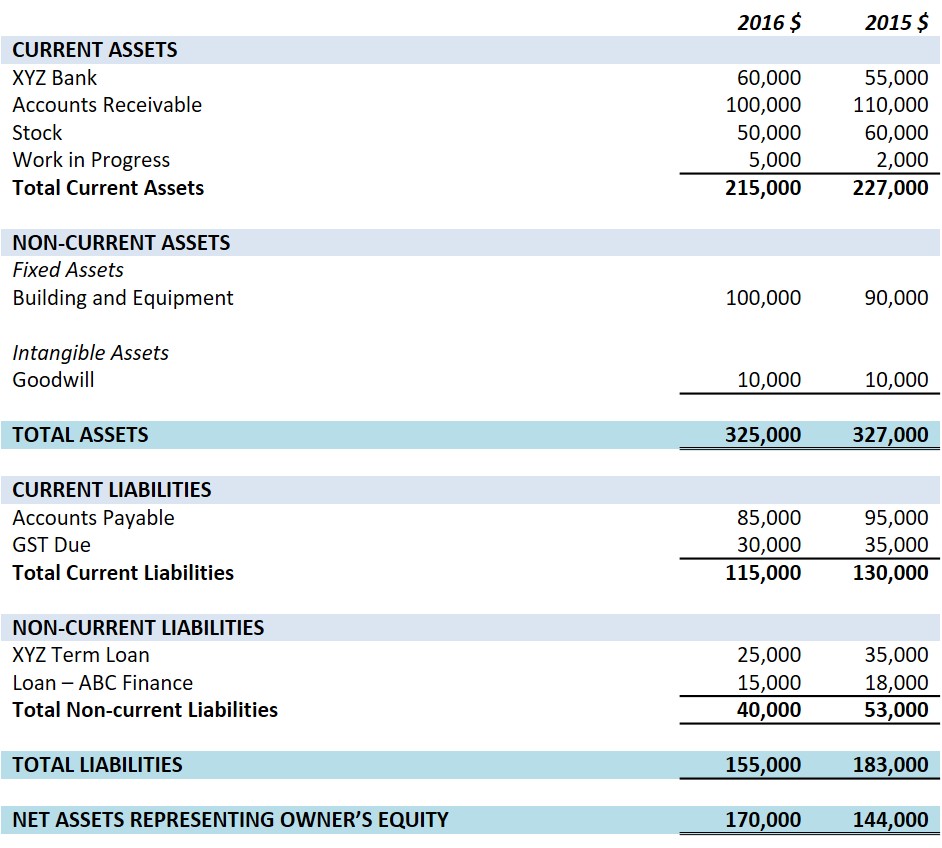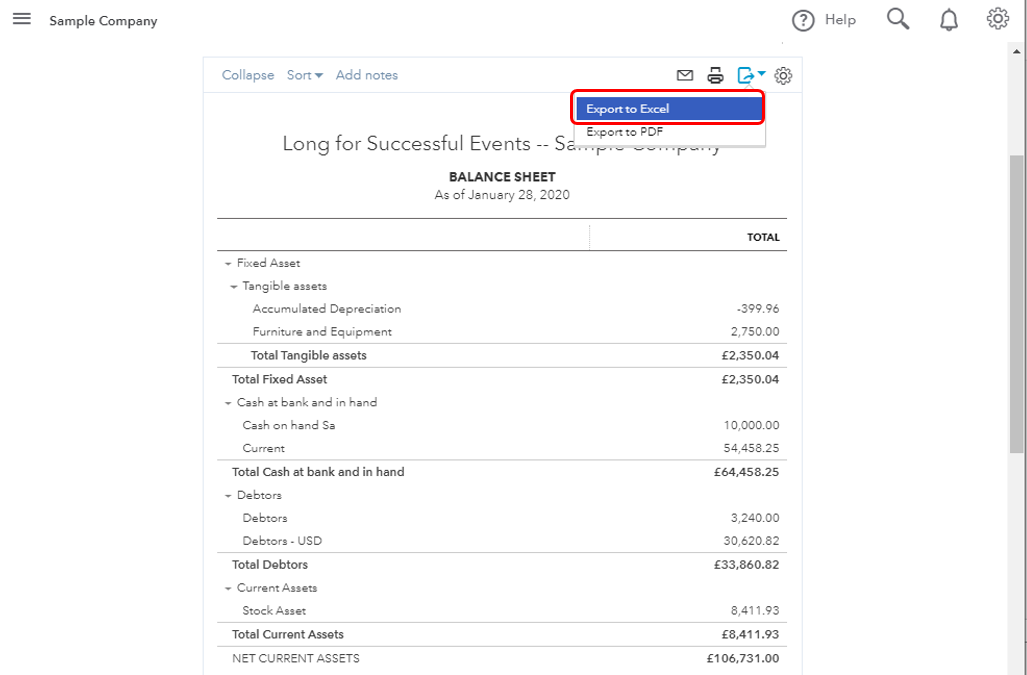Looking Good Tips About Understanding A Balance Sheet Restaurant Pro Forma Template

Assets = liabilities + equity.
Understanding a balance sheet. A balance sheet is a financial statement that presents a company's assets, liabilities, and equity at a specific date. It allows you to see what resources it has available and how they were financed as of a specific date. The report can be used by business owners, investors, creditors, and shareholders.
A balance sheet is a financial statement that provides a snapshot of your assets, liabilities, and equity at a given point in time. The next step in reading and understanding balance sheets is to know how to examine the business’ liabilities. A balance sheet is a financial statement that shows the relationship between assets, liabilities, and shareholders’ equity of a company at a specific point in time.
Equity is the owners’ residual interest in the assets of a company, net of its liabilities. The balance sheet is a financial statement that reports a company's assets, liabilities, and shareholders' equity, showing what a company owns, owes, and how it is funded. While income statements and cash flow statements show your business’s activity over a period of time, a balance sheet gives a snapshot of your financials at a particular moment.
A company's financial statements—balance sheet, income, and cash flow statements—are a key source of data for analyzing the investment value of its stock. A balance sheet contains 3 sections: The balance sheet is a key financial statement that provides a snapshot of a company's finances.
The balance sheet is based on the fundamental equation: A balance sheet is a financial statement that lists a company’s assets, liabilities and owner's equity to provide an overview of the business’ financials at a specific point in time. This guide will walk you through (1) the definition of a balance sheet, (2) the main reasons you should use it and (3) tips for understanding and reading balance sheets.
The balance sheet definition of a company is a formal record prepared by a company to present its financial position at the end of an accounting period, typically on a specific date. A balance sheet provides a snapshot of a company’s financial performance at a given point in time. These are obligations that are due to be paid.
Assets are the things your business owns and uses to generate revenue. Alongside with income statement and cashflow statement, it helps to reveal a company's overall financial health. A manager's guide to finance & accounting
Understanding the balance sheet. The difference between a trial balance and a balance sheet is that it lists the balances of all accounts in the general ledger. The balance sheet includes assets.
Here’s everything you need to know about understanding a balance sheet, including what it is, the information it contains, why it’s so important, and the underlying mechanics of how it works. The balance sheet (also referred to as the statement of financial position) discloses what an entity owns (assets) and what it owes (liabilities) at a specific point in time. It is often referred to as the statement of financial position because it provides an overview of the company's financial standing at that moment.
The balance sheet is unlike the other key financial statements that represent the flow of money through various accounts across a period of time. These are the financial obligations of a business that are owed to suppliers, vendors, and lenders. The balance sheet is one of the three main financial statements, along with the income statement and cash flow statement.


:max_bytes(150000):strip_icc()/balancesheet.asp-V1-5c897eae46e0fb0001336607.jpg)








![Making Sense of Your Balance Sheet [Infographic] Learn accounting](https://i.pinimg.com/originals/f7/0d/ec/f70dec3a63cbcc1511efabd76241ea3c.jpg)





